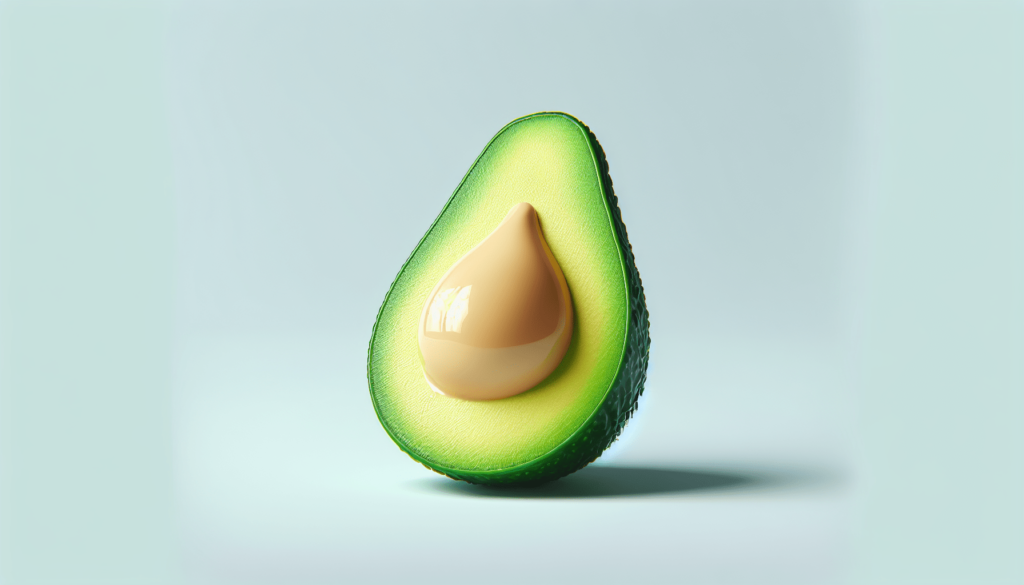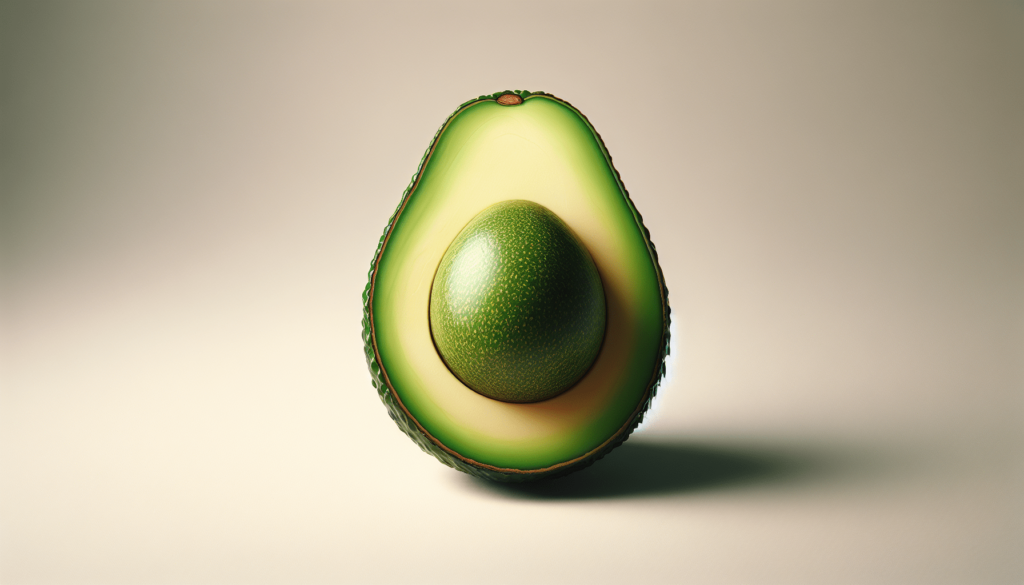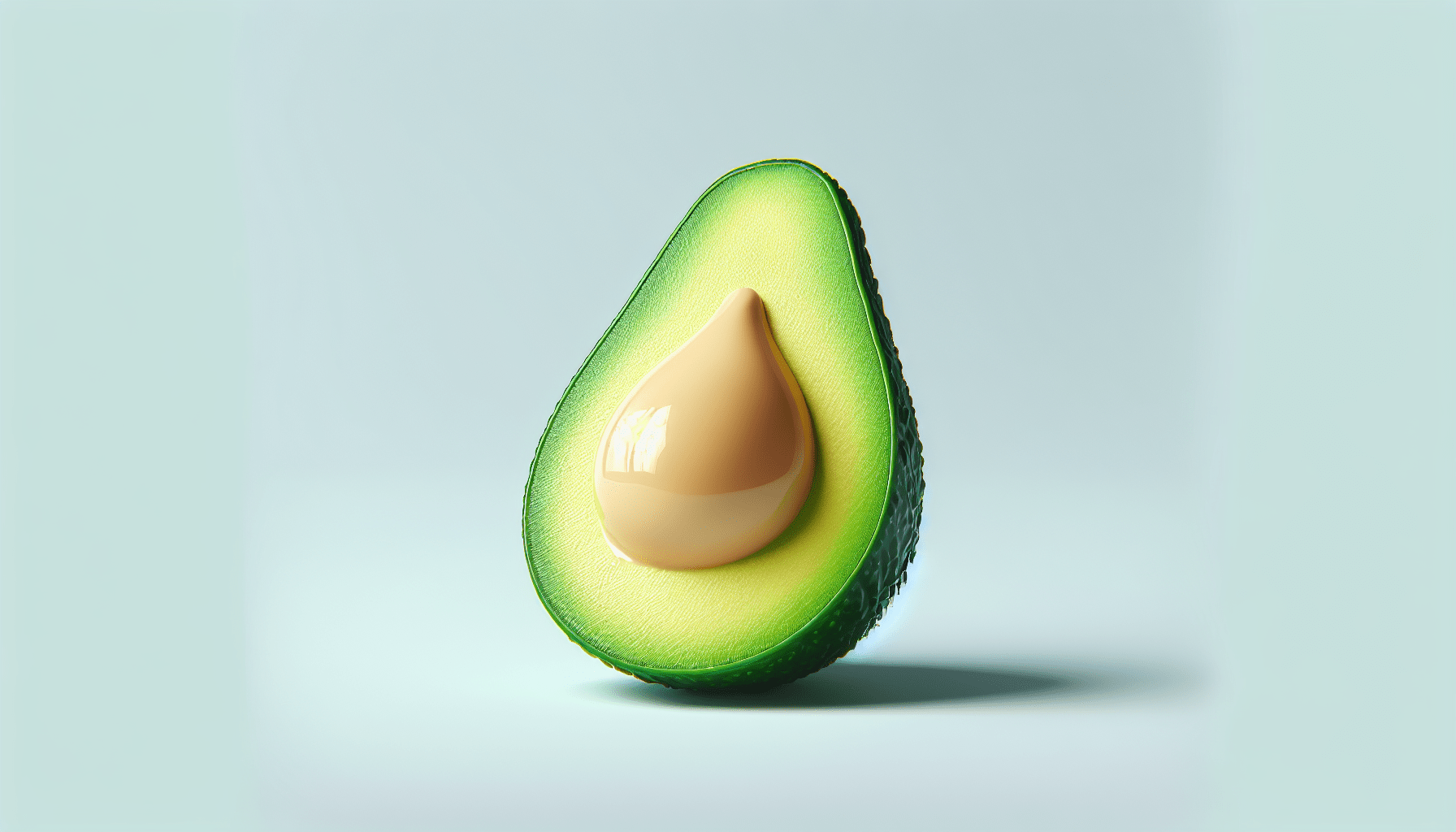Do you ever find yourself staring at the grocery store shelves, paralyzed by the sheer number of choices for how to ruin your arteries? No worries, I see you attempting to decode whether that avocado is going to save your life or if it’s just another ripe opportunity for your cholesterol to skyrocket. Let’s put those melodramatic food crises to rest, shall we? The universe of healthy fats doesn’t have to be as mysterious as an Agatha Christie novel.

The Fat Dilemma: Why Should You Care?
Alright, before you have a mental breakdown in the dairy aisle, let’s clarify why you should care about healthy fats. Your brain, which you occasionally use, is made up of about 60% fat. The irony here—your brain is basically a fat sponge, so maybe it explains why you have a hard time letting go of that cheese fondue.
Healthy fats are vital, and I don’t mean “vital” as in “you need to binge-watch the next Netflix series.” We’re talking life-sustaining vital. They play crucial roles in maintaining cell membranes, absorbing vitamins, and keeping the skin smoother than a baby dolphin.
What are Healthy Fats?
Before you empty the contents of your fridge, let’s make sure we’re on the same page. Healthy fats include unsaturated fats, omega-3 fatty acids, and some omega-6 fatty acids. Oh, did you think one or two types of fats were enough to complicate your life? Think again.
Unsaturated Fats: These include monounsaturated and polyunsaturated fats. And yes, remember that “poly” you usually see on nerdy science podcasts or that yoga enthusiast’s smoothie recipe, it’s legit.
- Monounsaturated Fats: Found in foods like olive oil, avocados, and nuts. These fats not only reduce bad cholesterol levels but also make your taste buds do a happy dance.
- Polyunsaturated Fats: Double threat because it includes both omega-3 and omega-6 fats. You’ll find omega-3s in flaxseeds, fatty fish, and some plant oils. Omega-6s are more common, found in sunflower and soybean oils.
Omega-3 Fatty Acids: The rockstars of fats—they reduce inflammation, lower the risk of chronic diseases, and boost brain health. If your inspiration doesn’t come from the vibrant array of fatty fish, you can go for plant-based sources.
The Good, the Bad, and the Ugly Fats
If fats had a high school reunion, healthy fats would be voted “Most Likely to Succeed,” while trans fats would win “Biggest Trainwreck.” Here’s a breakdown:
| Type of Fat | Examples | Impact on Health |
|---|---|---|
| Saturated Fats | Butter, red meat, cream | Can raise LDL (bad cholesterol) |
| Trans Fats | Fried foods, margarine, packaged snacks | Increase risk of heart disease, raise LDL, lower HDL |
| Monounsaturated | Olive oil, avocados, most nuts | Lower LDL, maintain HDL, good for heart health |
| Polyunsaturated | Fatty fish, flaxseeds, walnuts | Essential for brain function, reduce risk of heart disease |
Trans fats are the villains you’d see in an ’80s action movie, practically twirling their mustaches while they clog your arteries.
Cooking With Healthy Fats: Transform Your Kitchen into a Fattastic Wonderland
Okay, let’s roll up your sleeves—not into that grease from bacon, but into some healthy cooking tips. Your stove and your waistline will thank you.
Olive Oil: The Mediterranean Marvel
Swap out that mystery vegetable oil for extra virgin olive oil. Remember when you begrudgingly agreed to attend that Mediterranean cooking class? You completely ignored the part about olive oil being your new best friend for heart health. Now’s the time to embrace it. Use it for:
- Salad Dressings: Just mix some olive oil with lemon juice, salt, and maybe a few tears from chopping onions.
- Roasting Veggies: Potatoes love olive oil like they love being roasted.
- Marinades: Chicken never had it so good.
Avocado Overload
Avocado toast isn’t just Instagram fodder; it’s rich in monounsaturated fats and has turned basic bread into a viral sensation. Smash avocados on toast, slice them into salads, or better yet, blend them into smoothies.
Nuts About Nuts
Nuts are like the quirky friends you didn’t know you needed. Almonds, walnuts, and pistachios make great snacks. Avoid the sugar-coated or the ones that have taken a detour through a salt lick. Keep a stash in your desk drawer, because everything screams productivity more than trying to crack open a walnut during a meeting, right?

Sneaky Ways to Add Omega-3s
Unless you fancy the idea of chewing on salmon every day (which, if you do, more power to you), there are sneaky ways to incorporate these into your diet.
Chia Seeds
Although chia seeds look like something that should be added to your kid’s science experiment, they’re a stellar source of omega-3s. Sprinkle them on yogurt, blend them into smoothies, or make a chia seed pudding. Keep your dentist on speed dial because those little devils love to camp between your teeth.
Flaxseeds: The Underdog
They’re not just great at making your oatmeal look fancy. Ground flaxseeds can be added to everything from baked goods to smoothie bowls. Remember, always go for ground flaxseeds because your digestive tract isn’t Wonder Woman—it needs some help breaking them down.
Fishy Business
Salmon, tuna, and sardines are your seafood saviors. If you’re not into cooking fish, consider canned versions. Just be prepared for the onslaught of cat stares if you forget to cover the fishy aroma.
Equipment Upgrade: Tools of the Trade
You don’t need a Michelin-star kitchen to invest in gadgets that help optimize your healthy-fat game.
Good Non-stick Pan
Even the most amateur of chefs will benefit from a solid non-stick pan. You can sauté, fry, and create culinary masterpieces with a fraction of the oil you’d otherwise use.
Blender for Smoothies
A decent blender is a fantastic investment. Easier to sneak in those healthy fats without contorting your face into a grimace.
Nut and Seed Crusher
Essentially this is just a fancy way of saying, “get a good damn food processor.” It makes life easier when you’re trying to incorporate nuts and seeds.
Common Pitfalls: Avoid these Fat Traps
A high-five if you’ve made it this far and haven’t ordered a triple bacon burger yet.
Processed Foods
Beware of the stealthy menace of processed foods. They might claim to be low-fat or fat-free, but they often use sugar and unhealthy additives to make up for the taste.
Portion Control
Healthy fats are still fats. A handful of almonds isn’t the same as a swimming pool of them. Moderation is key, lest you want to explain to your doctor why your ‘healthy eating’ caused you to gain 15 pounds in a month.
Misleading Labels
“Organic,” “natural,” and “gluten-free” can all be synonymous with “healthy,” but it’s not always the case. Read labels carefully. You’ve got a brain for a reason—use it!
Fat and Your Social Life: Party Tips
Now you’re a fat connoisseur, how should you incorporate this knowledge without becoming the social pariah who lectures people about their cheese platters?
Hosting
Offer a variety of nuts and seeds, hummus with veggie sticks, and perhaps a few cheese options made from goat or sheep’s milk, which tend to be healthier. Add a platter of fatty fish options like smoked salmon, and you’ll be the star of your next gathering.
Dining Out
When dining out, select grilled over fried, dress your own salad with oil and vinegar, and don’t be shy to ask the server about the oils used in preparation. You won’t sound annoying; you’ll just sound like someone who cares a bit too much about what’s in one’s tummy.
Health Benefits: What’s in it for You?
By this point, you should be teetering on the edge of fat fanatic, so let’s solidify why making these changes are worth it.
Heart Health
The right fats are unbeatable allies in the fight against heart disease. Reducing LDL cholesterol, raising HDL cholesterol, and keeping triglycerides in check are a few of the superpowers they possess.
Better Brain Function
Whether you’re acing the Sunday crossword or just trying to remember where you left your keys, healthy fats are like brain fertilizer. Omega-3s, especially, have been shown to halve your risk of Alzheimer’s, which means you’ll spend less time misplacing everyday items when you’re older.
Skin That Glows
A diet rich in healthy fats keeps your skin tight, radiant, and full of that youthful glow. Basically, you’ll look like you’ve just returned from a Caribbean vacation every day.
Weight Management
Before you scroll to search for myths debunking this, know this: healthy fats can help with weight management. They keep you full longer and reduce the likelihood of mindless snacking on sweets. Plus, who doesn’t love a diet where you can actually feel full?
Conclusion: Fatten Up, the Right Way
So there you have it, the blueprint to incorporating healthy fats into your diet without turning into an oil-slicked, nut-crunching monster. With these tips, you’ll be able to navigate the murky waters of dietary fats with the skill and finesse of a culinary diplomat.
Gone are the days of engaging in existential crises over butter. You are now equipped, not just to survive the grocery store but to thrive in it. Eating fats shouldn’t be a sordid, guilt-ridden affair. It should be celebrated much like the grand finale of an epic firework display—only brighter, healthier, and significantly less flammable.
Happy munching!
